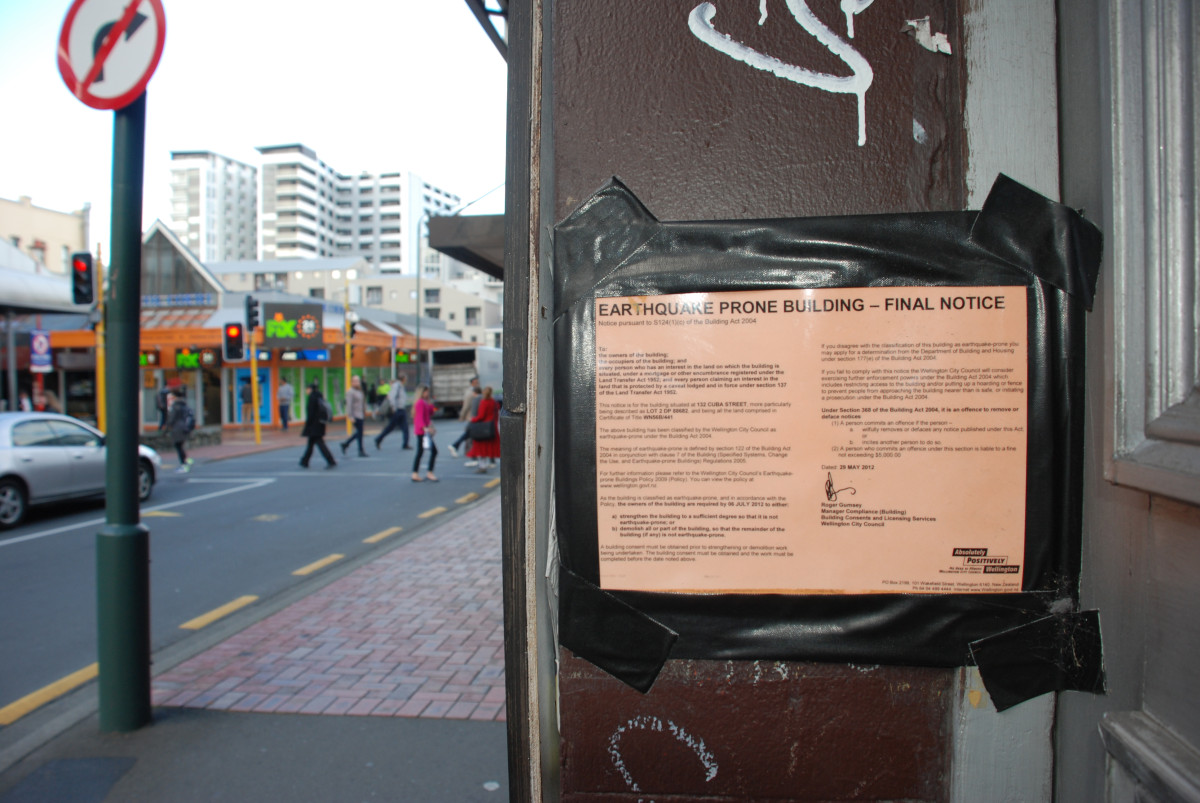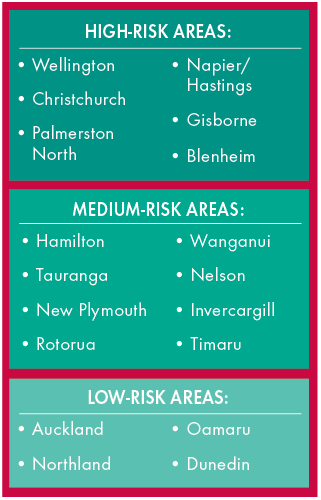New approach to earthquake strengthening
07 Jul 2015, Industry Updates

A new government policy will significantly reduce the number of earthquake-prone buildings requiring assessment for strengthening
Building and housing minister Dr Nick Smith announced the new earthquake strengthening policy in May.
The changes will reduce the number of buildings requiring assessment from an estimated 500,000 to 30,000, and nearly halve the cost from $1.36 billion to $777 million.
The new methodology is focused on older buildings that pose the greatest risk. Farm buildings, retaining walls, fences, monuments, wharves, bridges, tunnels and storage tanks will be excluded.
The current definition for earthquake-prone buildings (less than 34% of the new building standard) will remain the same.
Dr Smith said the changes, currently before the select committee, which plans to report back to parliament in July, tackle the “vague” standards in the 2004 Building Act.
“Currently, all the standard does is require councils to have an earthquake-prone building policy, which is being broadly interpreted. Some are doing nothing, or very little, while others – like the Wellington City Council – have made significant steps towards getting a better idea of the state of their building stock.”
He has not confirmed if the government will provide building owners with financial assistance.
Another new requirement is that earthquake-prone buildings will need to be strengthened when owners undertake substantial renovations.
Changes extend time limits for medium and low-risk areas
 Currently, all buildings must be assessed within five years and brought up to code within 15 years. The changes introduce new high, medium or low earthquake-risk areas.
Currently, all buildings must be assessed within five years and brought up to code within 15 years. The changes introduce new high, medium or low earthquake-risk areas.
The limit for high-risk areas will remain at the current standard; however, timeframes for buildings in medium and low risk areas would be lengthened, requiring assessment in ten and 15 years and strengthened in 25 and 35 years, respectively.
Education and emergency buildings in high and medium-risk areas will need to be assessed and strengthened in half those times.
Dr Smith said education buildings regularly occupied by 20 or more people will be prioritised.
“We don’t know if there will be a Christchurch-size earthquake in our lifetime or not. Most likely there won’t, but on the other hand it could happen next week,” he said. “We don’t want to be too soft, because that will put lives at risk in the future. At the same time, we need to ensure the response is proportionate to the risk.”
Power to demolish buildings
Dr Smith also said that it was clear that, after the 2010 and 2011 Canterbury earthquakes, more robust systems needed to be put in place to make disaster response more efficient.
Under the changes, the government would have the power to demolish buildings without resource or building consents.
It’s expected the new policy will be passed into law later this year.
Register to earn LBP Points Sign in



